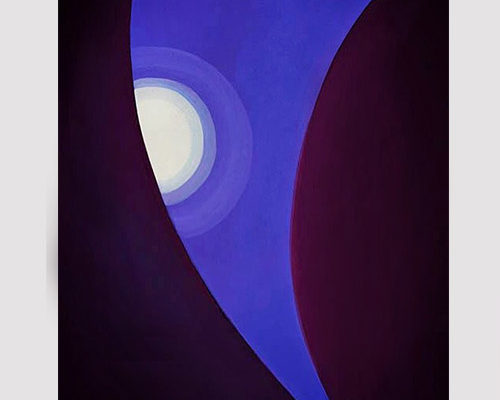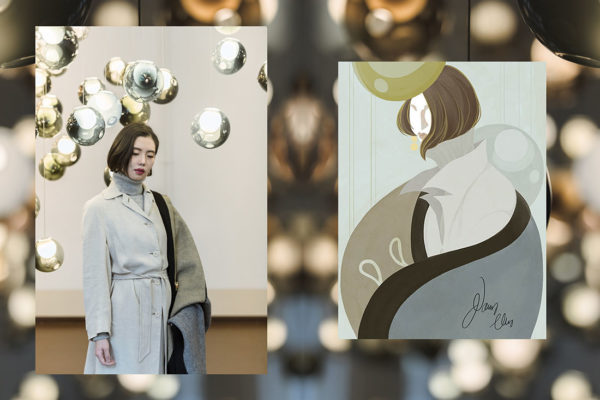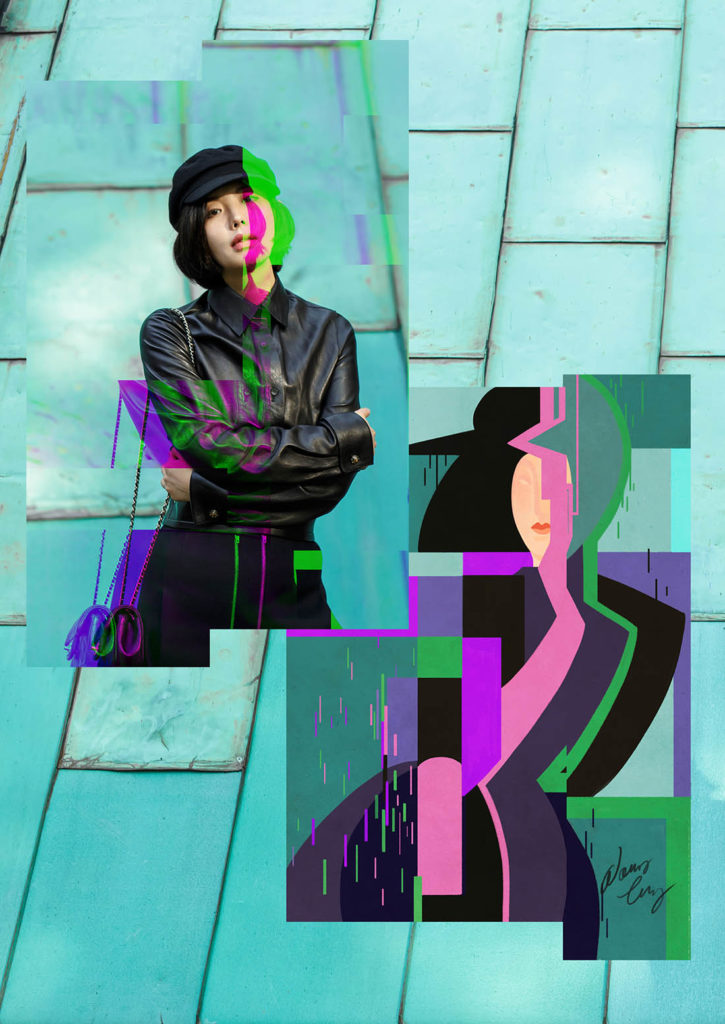l) wabi: the meaning of nothing, zero, limited;
2) sabi: meaning is eternal and frugal, the unity of function and form;
3) shibui: meaning serious culture. Refers to the material freehand: frugal, never show off.
Japan has always been a country of extremes. in terms of fashion and culture this is no different. Cold and warm, dynamic and static, neat and decorated, ethnic and international, traditional and modern, eastern inner peace and western open minded . These elements mixed together became a Japanese unique culture all of it’s own. The fashion of Japan reflects Japanese mentality in a direct way, bringing out the inward for all to see in the form of individual unique dress code. For a country more synonymous with “conformity” (and probably why we see such explosions in raw talent and art) the clothes are a form of release due to this constraint on emotion and personal identity. Before we talked a lot of Japanese traditional inspirations, then let’s talk about Japanese avant garde fashion cultures this time.
There is no doubt Japanese avant garde culture gave the fashion industry’s situation a big shocks from 70s-90s. During 1950s (After Korea civil war exactly) japanese economic situation had improved so much, it gave the design industry a really great condition.Before 1970s western trends influenced the whole world. As the center of fashion, western technics advances and machines that make fabric are more and more able to produce uniform, flawless prints. But fashion always needs more new elements, infusions of the vibrant and new is needed constantly. Japan has been inspired by western fashion, japanese fashion absorbed European traditional style and kept japanese traditional weaving technics, brought a new creativity to global fashion industry:asian costume based cuts, natural,neat, loose, poetic style that european and american fashion didn’t have. As know as ISSEY MIYAKE, YOHJI YAMAMOTO and REI KAWAKUBO these artists started Japanese avant garde age. Until 1980s it became one of the most important design countries, a new fashion center, a well known artistic and high tech country in the world.
But why japanese design could combine eastern and western culture so perfectly and present themselves so successfully?
1. Single ethnic nation and different types of religions. especially chinese Taoism and Buddhism gave japanese people a flexible and acceptable mind, won’t stock in one standard. It become so easy to absorb other foreign cultures and creative new thing by their own.
2. Japanese arts and fashion culture never belong to any special class. They belong to everyone.
3. Many respects of their traditional artisan cultures. I think it is the most important reason, if they just absorb other cultures, it will become other type of copy.But Japanese people did so much efforts to protect their traditional artisan cultures and always put more new elements in.
4. High level of economic development. it is the basis to help japanese design and fashion improve so quickly.
5. A great balance of any details.
In the end, there are three basic perspectives in Japanese traditional culture topics, although they are not only talk about Japanese fashion but also means more different type of culture in Japan, but I think they are still the best summaries of the core of japanese designs. they are:
Dress by Comme des garcons
Flats by Chanel
Illustration by Nancy.Z
Photography by Ajdin.B


















Naomi at The Occasional Indulgence
What a neat post! Thank you for the lesson! And you look perfect 🙂
Michelleesque
That is an absolutely GORGEOUS dress on you!
Michelle
http://www.michelleesque.com
Rosalinda Tjioe
This outfit is just so pretty! Love the pictures, so inspiring! x
http://rosalindatj.blogspot.com
ls-music
In the end, precisely the inborn talent of Nancy : always at the top of charm and elegance without showing off 😉
AfinaSkater
Grate look, love it sooo sooo sooo much!!!!!!!!!!!!!!!